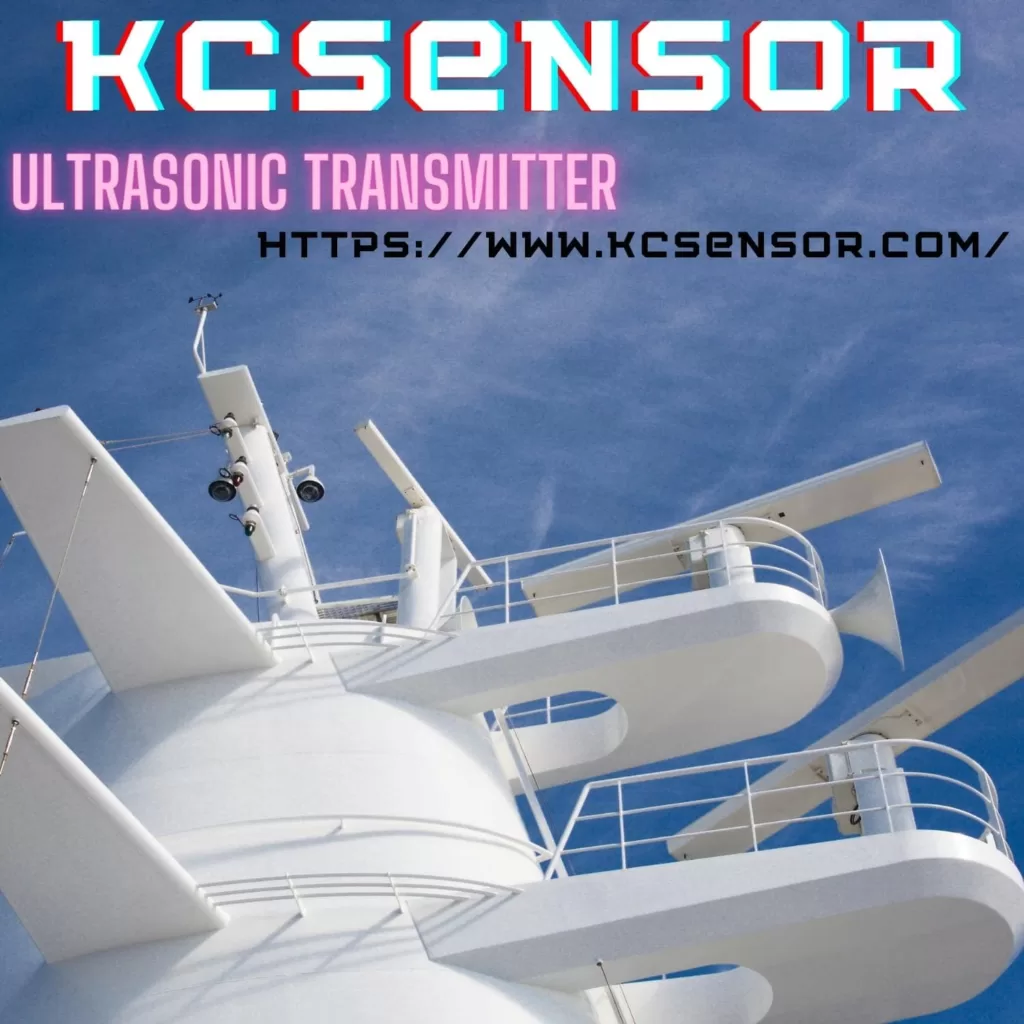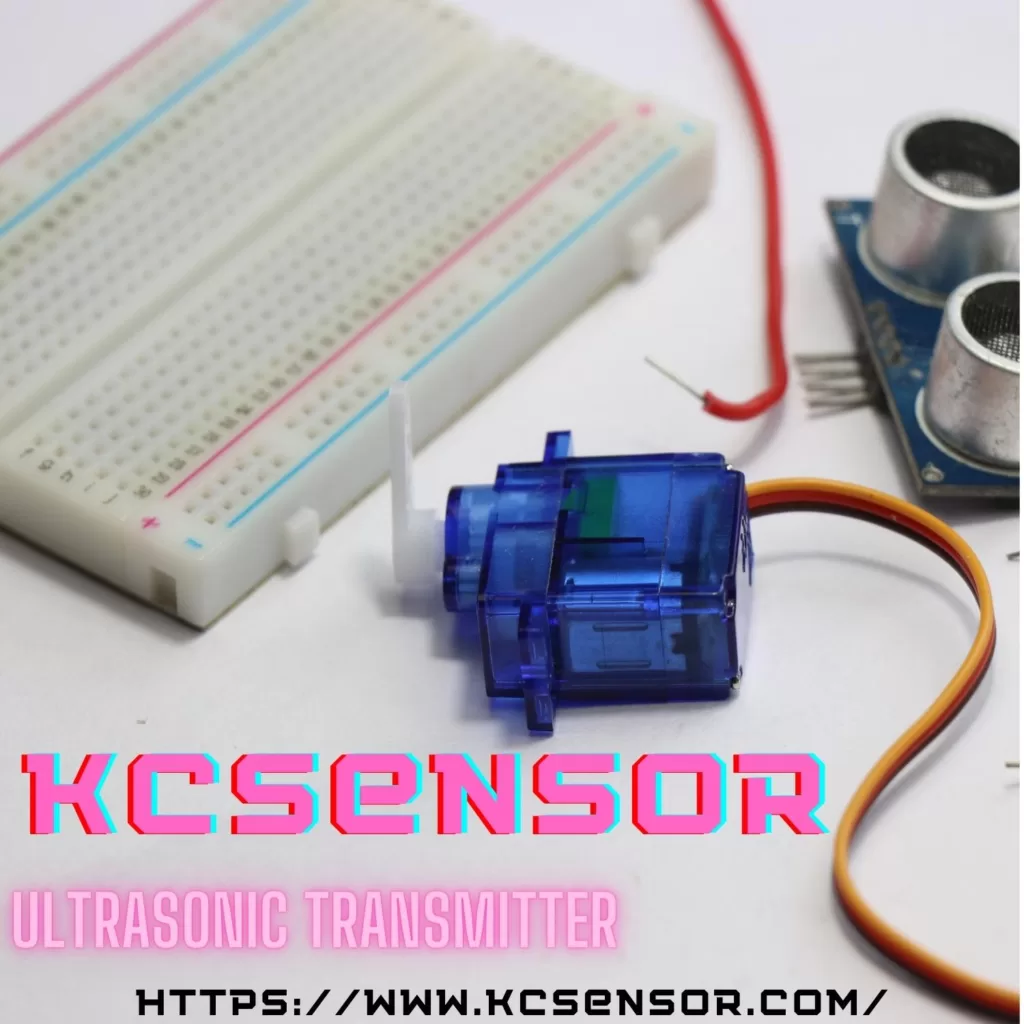In the ever-evolving landscape of modern technology, the ultrasonic transmitter stands as a remarkable testament to our capacity to harness the power of sound beyond the realm of human perception. This ingenious device, a masterpiece of engineering, delves into the ethereal world of ultrasonics, where sound waves extend far beyond the range of human hearing.
At its core, an ultrasonic transmitter is a marvel of scientific achievement, capable of emitting ultrasonic waves with frequencies exceeding the upper limits of human hearing, typically above 20,000 Hertz. These high-frequency sound waves traverse the boundaries of traditional acoustics, venturing into a realm where their applications are as diverse as they are awe-inspiring.
This unique and cutting-edge technology has found its niche across an array of industries, from healthcare to industrial automation, environmental monitoring to security systems. Whether it’s aiding in medical diagnostics through ultrasonic imaging, facilitating precise measurements in manufacturing, or even guiding autonomous vehicles with echolocation, the ultrasonic transmitter plays a pivotal role in shaping the world around us.
Join us on a journey through the remarkable world of ultrasonics as we unravel the intricate workings, diverse applications, and the limitless potential of this incredible device. In this exploration, we will delve into the fascinating science that underpins ultrasonics and shed light on the myriad ways it continues to revolutionize our lives. Welcome to the symphony of the unseen—the ultrasonic transmitter.
5 differences sonar vs ultrasonic transmitter
In this detailed guide, we will explore the key contrasts between sonar and ultrasonic transmitters, shedding light on their respective characteristics, working principles, and real-world applications. For more information visit here.

1. Working Principles
Sonar: Sonar, short for “Sound Navigation and Ranging,” is a technology that relies on the propagation of sound waves through a medium, typically water, to detect and locate objects underwater. It functions based on the principle of echolocation, similar to how dolphins and bats use sound waves to navigate and locate prey. In sonar systems, a transmitter emits a sound pulse, which travels through water and reflects off objects in its path. By measuring the time it takes for the sound pulse to return after hitting an object, sonar systems can calculate the distance to that object.
Ultrasonic Transmitter: An ultrasonic transmitter, on the other hand, operates in the ultrasonic frequency range, which typically exceeds 20,000 Hertz (20 kHz), far above the range of human hearing. It emits ultrasonic waves into the air or another medium and relies on the detection of the waves’ reflections to determine distance, object presence, or other relevant information. Ultrasonic transmitters use a piezoelectric crystal to generate ultrasonic waves when an electrical signal is applied. These waves propagate through the air, and when they encounter an object, they bounce back to the transmitter. By measuring the time it takes for the ultrasonic waves to return, the device can calculate the distance to the object.
2. Medium of Operation
Sonar: Sonar is primarily used underwater and in aqueous environments. It is extensively employed in marine navigation, fish finding, submarine detection, and underwater mapping. Due to the properties of water, sound waves travel efficiently through it, making sonar an ideal choice for underwater applications.
Ultrasonic Transmitter: Ultrasonic transmitters can operate in various media, including air, liquids, and solids. While they are commonly used in air for distance measurement and obstacle detection in robotics and automation, they can also be used in applications involving liquids, such as tank level monitoring and flow measurement. In solid materials, ultrasonic transmitters can be used for tasks like material thickness measurement and flaw detection.
3. Frequency Range
Sonar: Sonar systems typically operate in the lower-frequency range, with frequencies ranging from a few hundred Hertz to a few tens of kilohertz (kHz). Lower frequencies are well-suited for underwater applications, as they can penetrate water with minimal attenuation and provide long-range detection capabilities.
Ultrasonic Transmitter: Ultrasonic transmitters, as the name suggests, operate in the ultrasonic frequency range, generally above 20 kHz. The higher frequencies are ideal for applications in air and solid materials, where sound waves of lower frequencies would be less effective. Ultrasonic sensors offer excellent resolution and accuracy for distance measurement and object detection in these mediums.
4. Applications
Sonar: Sonar finds its primary applications in underwater environments. It is used for a wide range of purposes, including:
- Navigation and collision avoidance for submarines and ships.
- Fish finding and fisheries management.
- Underwater mapping and surveying.
- Search and rescue operations in bodies of water.
- Marine biology and oceanography research.
Ultrasonic Transmitter: Ultrasonic transmitters have a broader range of applications across various industries and mediums. Some of the common applications include:
- Distance measurement and obstacle detection in robotics and automation.
- Liquid level monitoring in tanks and containers.
- Flow measurement in pipes and channels.
- Presence detection for security systems and automatic doors.
- Material thickness measurement and flaw detection in manufacturing.
5. Range and Accuracy
Sonar: Sonar systems are known for their long-range capabilities, especially in underwater environments. They can detect objects at distances ranging from a few meters to several kilometers, depending on the frequency used and the conditions of the water medium. However, the accuracy of sonar can be affected by factors like water temperature, salinity, and turbidity.
Ultrasonic Transmitter: Ultrasonic transmitters are highly accurate for short to medium-range applications in air or solid materials. They can typically measure distances ranging from a few centimeters to several meters with high precision. The accuracy of ultrasonic sensors depends on factors such as the sensor’s frequency, the speed of sound in the medium, and the quality of the transducer.
Real-World Examples
To further illustrate the differences between sonar and ultrasonic transmitters, let’s explore real-world examples of their applications:
Sonar in Action:
- Submarine Navigation: Submarines use sonar to navigate underwater, detect other vessels, and avoid collisions. Sonar systems onboard submarines emit sound waves and listen for echoes to create a picture of the underwater environment.
- Fish Finders: Commercial and recreational fishermen use sonar fish finders to locate schools of fish beneath the water’s surface. These devices help determine the depth and density of fish, improving fishing efficiency.
- Underwater Mapping: Sonar is crucial for underwater mapping and surveying. It has been used to map the ocean floor, locate shipwrecks, and explore underwater caves.
Ultrasonic Transmitters in Action:
- Parking Assistance: Many modern vehicles are equipped with ultrasonic sensors to assist drivers in parking. These sensors emit ultrasonic waves and detect obstacles, providing feedback to the driver to avoid collisions.
- Liquid Level Monitoring: Ultrasonic sensors are commonly used in industrial settings to monitor liquid levels in tanks and containers. They provide accurate readings without the need for direct contact with the liquid.
- Robotics and Automation: Ultrasonic sensors play a crucial role in robotics and automation for tasks such as object detection, collision avoidance, and precise positioning of robotic arms.
- Home Security: Ultrasonic motion sensors are used in home security systems to detect intruders. These sensors emit ultrasonic waves and trigger an alarm when they detect movement in a protected area.
Advantages and Limitations
Sonar Advantages:
- Long-range capabilities in underwater environments.
- Effective in conditions where visibility is limited, such as murky water.
- Proven technology for marine navigation and underwater research.
Sonar Limitations:
- Limited to underwater applications.
- Susceptible to interference from marine life and underwater structures.
- May require careful calibration and compensation for temperature and salinity variations.
Ultrasonic Transmitter Advantages:
- Versatile and can operate in air, liquids, and solids.
- High accuracy and precision for short to medium-range measurements.
- Widely used in automation and robotics for proximity sensing.
Ultrasonic Transmitter Limitations:
- Limited to shorter ranges compared to sonar, especially in air.
- Performance can be affected by factors like temperature, humidity, and acoustic interference.
- Vulnerable to false readings from reflective surfaces.
Conclusion
In summary, sonar and ultrasonic transmitters are both valuable technologies that harness the power of sound waves for various applications. While sonar excels in underwater environments with its long-range capabilities, ultrasonic transmitters offer versatility and high precision for applications in air, liquids, and solids. Understanding the differences between these technologies is crucial for choosing the right solution for specific tasks and industries. Whether it’s navigating the depths of the ocean or automating processes in a factory, the choice between sonar and ultrasonics depends on the unique requirements of the application at hand.
REFERENCE :




